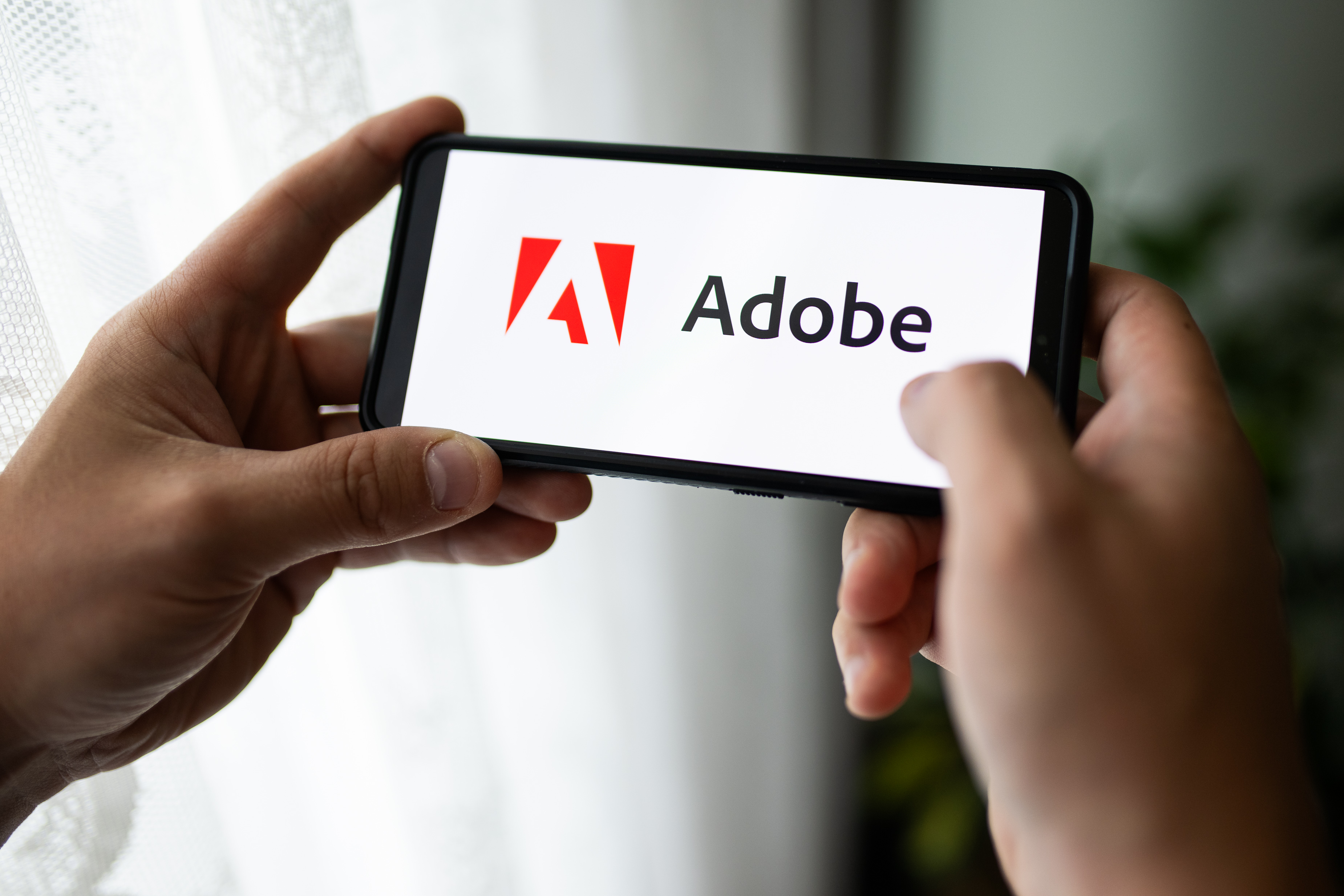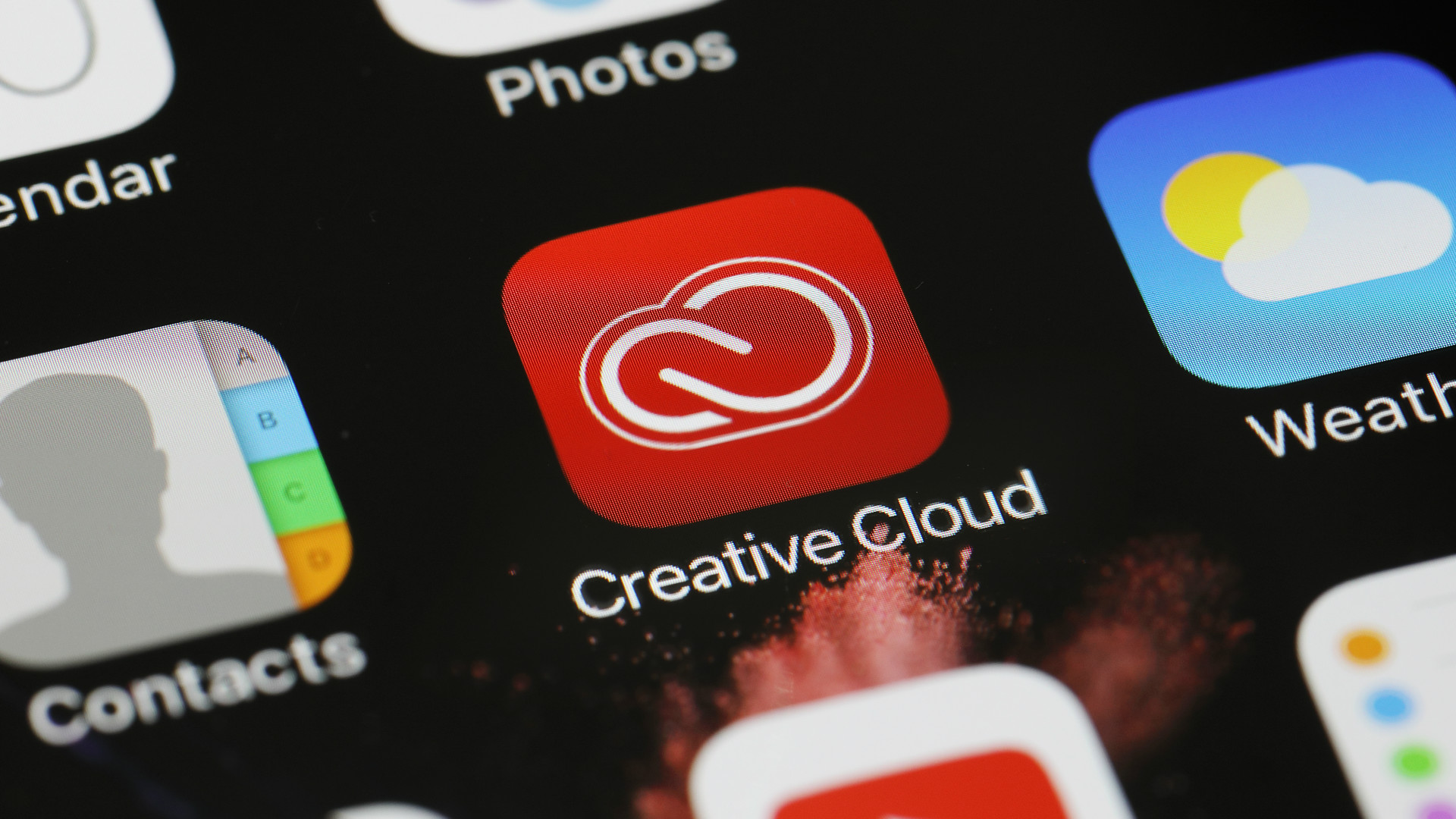The benefits of a subscription service
Why software vendors are increasingly moving to a subscription model

Software was traditionally bought outright via a perpetual licence, with companies paying for the number of licences required for their workforces. Today, the needs of companies have changed, and software vendors are increasingly moving to subscription services instead.
A fundamental shift in the way that software is delivered, subscription services make a lot of sense for modern companies, delivering a new level of flexibility and agility.
Much of the benefit of subscription services comes down to the ways that software is accounted for. With a perpetual licence, software is typically bought as a capital expenditure (CAPEX); subscription services are treated as an operating expense (OPEX).
CAPEX vs OPEX
With CAPEX, purchases are recorded as assets and depreciation is used to spread the cost over the product's useful life, measured in a number of years. As software subscriptions are treated as a lease, the cost is attributed as OPEX: an ongoing cost to the company, where the full amount paid can be claimed against tax each year.
This difference in accounting gives the foundations of a much more flexible and powerful way of working. Under CAPEX, as the cost is written off over a period of years, companies are locked into using the version of the software that they bought; it simply doesn't make financial sense to pay for upgrades before the CAPEX period expires.
Worse, businesses have to make a decision upfront about the number of software licenses they want, and the configuration required. As requirements change, it can mean that companies have over-paid for features that they don't use and can end up with unused licenses. As a result, Gartner worked out in 2016 that businesses could save up to 30% on software costs by implementing three best practices: optimising software configurations, recycling software licences and implementing software asset management software.
With a subscription service, such as Adobe Creative Cloud, these problems are largely eradicated, and the way that software is bought, used and transitioned becomes far more flexible.
Flexible use
First, a subscription service builds in much-needed licensing flexibility. If a company grows and needs more licences, it can just pay for the extra that it needs and the job is done. This works in reverse too. Say extra licences were required for a big project or temp staff, the additional subscriptions can be cut when additional users are no longer required.
The ability to scale up or down based on actual use is incredibly powerful and gives companies the flexibility that they need. Importantly, as the cost per user is clearly defined and attributable to the current tax year, there's a clearer control over costs. And, licensing is far easier to manage from a central console, rather than having to manage perpetual licences in-house.
Flexibility stretches beyond simply being able to change the number of licences on-demand, though. Companies also gain flexibility in the type of subscription they have, so users can be upgraded or downgraded flexibly, depending on the packages and features that they need.
Businesses can even rent some packages on a short-term basis, say to complete a one-off project. By renting software for a short period, businesses gain an ability to take on some jobs where the previous model of having to pay outright for a package would have been too cost prohibitive.
Latest versions
Beyond the flexibility to grow, software subscriptions have many other benefits compared to perpetual licences. Top of that list has to be bundled upgrades, letting businesses run the latest versions at all times: as software is leased, the upgrades are provided as part of the subscription service.
Under a perpetual licence, minor updates and bugfixes are provided, but the upgrade to the next version has to be paid for. As a result, many companies end up running out-dated software. Even worse, businesses may end up running different versions of the same software across different teams, due to the way that perpetual licences are paid-for and managed.
Under a subscription service all employees can run the same, up-to-date versions, even if new staff arrive years after the initial rollout. Running the latest version of software is incredibly important with modern applications. For starters, it means that you remove the threat of obsolescence, running unsupported and out-of-date software. From a security perspective, software subscription is an important change, helping boost protection by running the most up-to-date versions, and ensuring that hotfixes are installed.
More than this, new versions of software bring with them more powerful features and new ways of working. Missing out on these by not upgrading regularly puts companies at a competitive disadvantage and limits creativity: a position that no business wants to be in.
Running the latest software is not just about working internally, it's about working with other partners. With perpetual licences, companies would have to check with partners to see which version of the software they were using. Where there was a mismatch, files would have to be saved as an older version for compatibility reasons, which had the net result that some newer features weren't supported. Effectively, working with an external partner could have the effect of downgrading the software that you were running.
With subscription services, everyone should be running or, at the least, have access to the latest version of an application. This makes sharing files between users, divisions and partners far easier and removes the obstacle of compatibility issues.
Conclusion
Overall, moving to a software subscription service is far more flexible than the old perpetual licence model. The old way of working, with a fixed and immovable asset that slowly becomes out of date, has changed. Instead, a more flexible and powerful way of working has been introduced, with the ability to scale and expand software to meet today's demands. Simpler management and lower upfront costs that are easier to attribute complete the picture and demonstrate that software subscriptions give modern companies a better way of working.
Find out how Adobe Value Incentive Plan can deliver the best creative tools to your company.
Sign up today and you will receive a free copy of our Future Focus 2025 report - the leading guidance on AI, cybersecurity and other IT challenges as per 700+ senior executives
ITPro is a global business technology website providing the latest news, analysis, and business insight for IT decision-makers. Whether it's cyber security, cloud computing, IT infrastructure, or business strategy, we aim to equip leaders with the data they need to make informed IT investments.
For regular updates delivered to your inbox and social feeds, be sure to sign up to our daily newsletter and follow on us LinkedIn and Twitter.
-
 Gender diversity improvements could be the key to tackling the UK's AI skills shortage
Gender diversity improvements could be the key to tackling the UK's AI skills shortageNews Encouraging more women to pursue tech careers could plug huge gaps in the AI workforce
-
 Researchers claim Salt Typhoon masterminds learned their trade at Cisco Network Academy
Researchers claim Salt Typhoon masterminds learned their trade at Cisco Network AcademyNews The Salt Typhoon hacker group has targeted telecoms operators and US National Guard networks in recent years
-
 Warning issued over “incomplete” fix for Adobe ColdFusion vulnerability
Warning issued over “incomplete” fix for Adobe ColdFusion vulnerabilityNews An incomplete fix for a vulnerability disclosure could be placing users at risk, researchers warned
-
 Adobe forced to patch its own failed security update
Adobe forced to patch its own failed security updateNews Company issues new fix for e-commerce vulnerability after researchers bypass the original update
-
 Ask more from your CMS
Ask more from your CMSWhitepaper How to get the most value in the shortest timespan
-
 Adobe battles fake photos with editing tags
Adobe battles fake photos with editing tagsNews Photoshop will include new tagging tools later this year to help fight against misinformation and deep fakes
-
 Adobe Photoshop Elements 2019 review: Trapped in the photo-editing middle ground
Adobe Photoshop Elements 2019 review: Trapped in the photo-editing middle groundReviews A once peerless beginner’s photo-editing package that’s past its prime
-
 How Adobe saved BT £630,000
How Adobe saved BT £630,000Sponsored Adobe’s digital signature platform is saving time and money - and forging stronger connections between businesses and customers
-
 Don't settle when it comes to creativity
Don't settle when it comes to creativitySponsored Getting the best out of your creative design team means equipping them with the best software
-
 Brexit: Adobe Creative Cloud hikes prices up 11%
Brexit: Adobe Creative Cloud hikes prices up 11%News Currency changes continue to bite British software buyers

